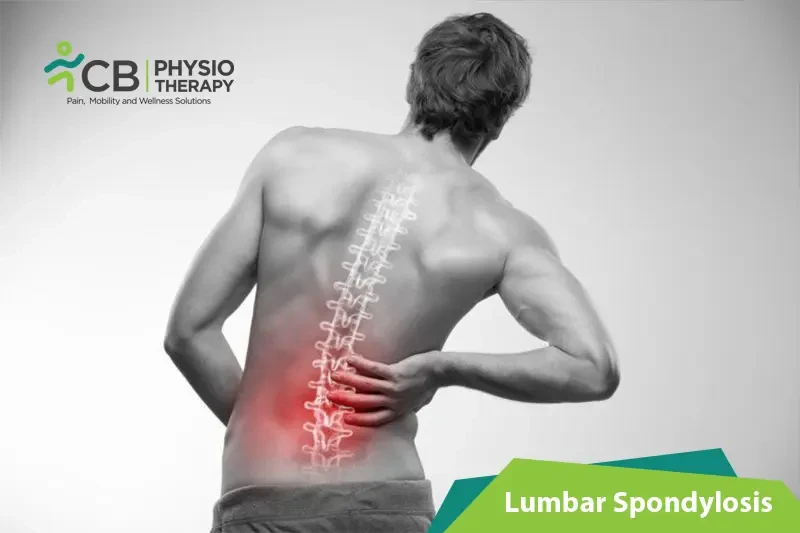
Lumbar spondylosis is a condition caused by degeneration of the lumbar disc or facet joints. It is a degenerative condition affecting discs, vertebral bodies, and associated joints of lumbar vertebrae. Lumbar spondylosis is progressive and irreversible in older patients and commonly occurs due to exposure to mechanical stress.
Lumbar back support:
Lumbar back support is beneficial for patients suffering from lumbar spondylosis. It helps to limit excessive spine movement and reduce mechanical forces. It also helps to stabilize and correct spine deformity.
Lumbar support:
Lumbar support with the help of braces is used for stabilization, reducing mechanical forces, and limiting spine movement.
Cryotherapy:
Cryotherapy is used as it reduces swelling and pain.
Thermotherapy:
Thermotherapy is used to promote blood flow, decrease swelling, and remove toxins.
Exercise therapy:
Exercise therapy includes muscle strengthening, muscle stretching, and aerobics exercises. The exercise programs vary in intensity, duration, and frequency.
Traction therapy:
Traction therapy helps to relieve chronic back pain. It helps to open intervertebral space and decreases spine lordosis.
Manual therapy:
Manual therapy is a hands-on technique that involves spinal manipulation and mobilization. It is used to break the adhesions, align the bones, and improve mobility.
Massage therapy:
Massage therapy helps to decrease pain and swelling, breaks adhesions, and increases blood circulation.
Transcutaneous electrical stimulation (TENS):
Transcutaneous electrical stimulation (TENS) gives immediate relief from pain.
Interferential therapy:
Interferential therapy is used to decrease pain and inflammation.
Laser therapy:
Laser therapy helps to enhance the healing process, thus decreasing pain and also increasing mobility.
Kinesio-taping:
Kinesio-taping helps to relieve pain in the lower back. It is used to improve the range of motion and also to correct bad posture.
Strengthening exercises:
Strengthening exercises are done to strengthen back and core muscles which help to support the low back.
Stretching exercises:
Stretching exercises are done to improve the flexibility and pain-free range of motion of the back muscles.
Balance exercises:
Balance exercises are taught for awareness to show the proper posture of the back while moving during various activities.
McKenzie exercises:
McKenzie's exercises focus on extension and help to prevent further degeneration of the lumbar spine.
The patient is educated about the lumbar anatomy, correct posture, and ergonomics, and given appropriate back exercises. The patient is advised to avoid activities that aggravate his condition.
Select your City to find & connect with our experts regarding Physiotherapy for Lumbar Spondylosis